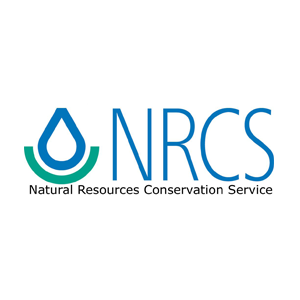Between 2005 and 2025, Tree for All Partners restored more than 150 riparian miles and planted more than 17 million native trees and shrubs. More than 40 case studies were published to document the efforts that made it possible.
An Uncommon Place
Penstemon Prairie is a 280-acre site adjacent to the upper Tualatin River with exceptional habitat value and stunning ecosystem potential in a rural setting, located south of the city of Forest Grove.
Wet and mesic prairie habitat, floodplain forest and 26 acres of riparian forest are home to endangered birds and some of the rarest prairie plants in Oregon. Look closely and you may see the streaked horned lark, savannah sparrow and Western Meadowlark, in addition to uncommon plants like Nelson’s checkermallow and Hesperius Penstemon.
This cornerstone site was acquired by Metro in 1995 as part of its Natural Areas Program. Over the last 20 years, Metro has improved site hydrology, planted wetland and prairie plants, and connected the site with higher elevation habitat in partnership with Clean Water Services, the Tualatin Soil and Water Conservation District and the Natural Resource Conservation Service.
Connected with many other nearby sites adjacent to the Tualatin River and its tributaries, Penstemon Prairie helps protect the region’s water quality, filtering the air, sequestering carbon and providing valuable habitat for fish and wildlife.
The Site
First planting: 2015
Size: 284 acres
Stream length: 8,234 feet
Total to date: 98,255 plants
Plant communities: Emergent Marsh, Forested Wetland, Riparian Forest, Scrub Shrub, Wet Prairie
The Challenge
Penstemon Prairie hosts rare wet and upland prairie habitat (only one percent of the habitat’s range in the Willamette Valley remains), which is also one of the hardest habitats to maintain and steward. Even with a diversity of important features and species, the site still required major restoration investment—from asphalt pile removal, additional site preparation, and planting for wetlands to designing a culvert replacement and ditch remeanders. In addition, the site would benefit from more native understory plants and invasive plant management.
Historically, either natural or human-caused fires would maintain the prairie landscape. The habitat is suitable for the ground-dwelling streaked horned larks—a threatened species of bird—as long as vegetation remains low and sparse.
The Transformation
A lot has changed in the 20 years since Metro purchased the property. More agencies, including Clean Water Services (CWS), Tualatin Soil and Water Conservation District (Tualatin SWCD) and the Natural Resources Conservation Service (NRCS), have joined together to share resources and technical expertise.
In 2008, the Tualatin SWCD installed over 150,000 bare root native trees and shrubs with funding from CWS, the Oregon Watershed Enhancement Board, NRCS and Farm Services Agency. As part of its Vegetated Buffer Areas for Conservation and Commerce (VEGBACC) program, Tualatin SWCD also added understory by planting native grasses on 26 acres along the Tualatin River. At the end of the VEGBACC agreement in 2011, CWS took over the management of these riparian habitats from Tualatin SWCD. In partnership with Metro, these agencies are treating weeds that cover 85 acres of wetland habitat along the northern and eastern lines of the property. Together, partners also removed old infrastructure, allowing natural flows to resume, thereby allowing water to flow and pool into the prairies and wetland systems. Additionally, CWS is managing the stewardship of 46 acres of floodplain forest along the edges of the wetland and prairie habitat.
The Penstemon Prairie restoration project is an excellent model of what's possible when partners share a common vision of success. When completed, Penstemon Prairie will connect 4,700 acres of land that stretches from the Wapato National Wildlife Refuge in Gaston to the Fernhill Wetland complex in Forest Grove.
112 native plant species
* Plant cover change monitoring began in 2016. Figures will be published as they become available.






































